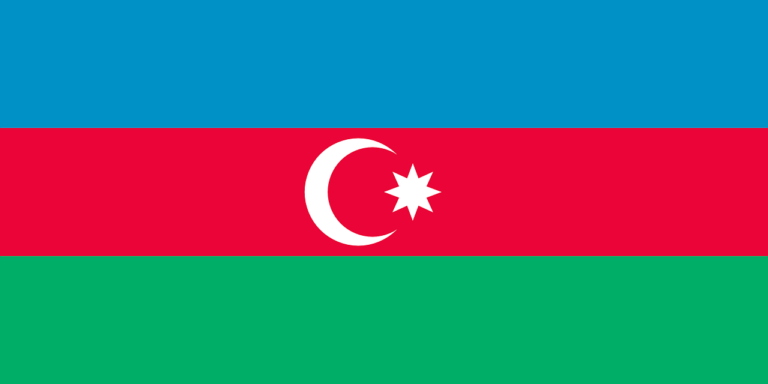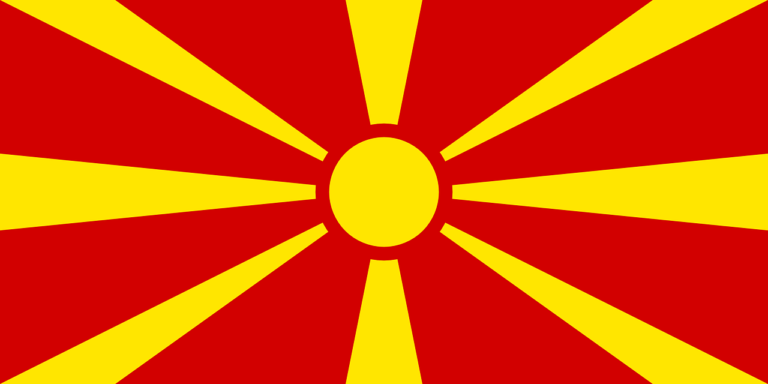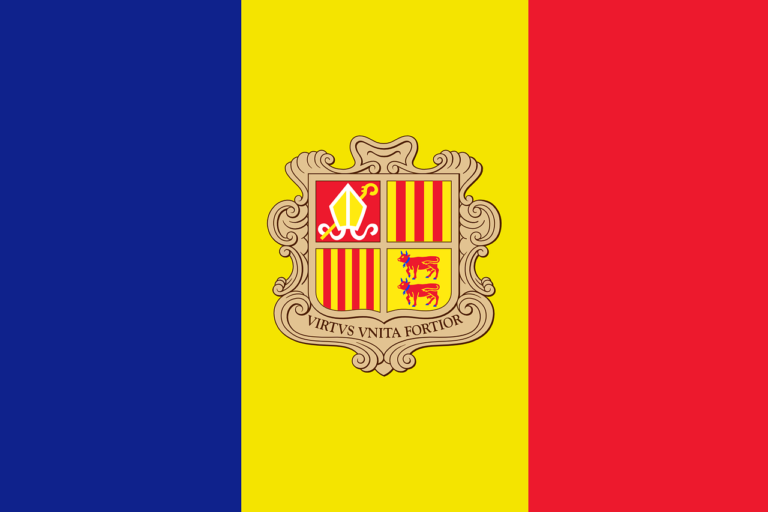Flags are powerful symbols that encapsulate a nation’s history, values, and aspirations. The national flag of Slovenia, with its vibrant white, blue, and red design, proudly represents the country’s rich heritage, unity, and breathtaking natural landscapes. In this blog post, we will explore the captivating story behind the Slovenia national flag, tracing its origins, symbolism, historical significance, and its enduring importance in contemporary Slovenian society.
Origins and Evolution:
The Slovenia national flag, known as the “Flag of Slovenia” or “Zastava Slovenije,” consists of three horizontal stripes—top stripe white, middle stripe blue, and bottom stripe red. The flag’s design traces back to the early 19th century, inspired by pan-Slavic colors. It was officially adopted as the national flag of Slovenia on June 24, 1991, symbolizing the country’s declaration of independence from Yugoslavia.
Symbolism and Meaning:
The colors and design of the Slovenia national flag carry profound symbolism. The white stripe represents the country’s high mountains, purity, and the snow-capped peaks that dot the Slovenian landscape. The blue stripe symbolizes the Adriatic Sea and the clear skies above, representing openness, liberty, and the connection to the sea. The red stripe signifies bravery, determination, and the fiery spirit of the Slovenian people. Together, these elements embody the core values of identity, unity, and natural beauty.
Historical Significance:
The Slovenia national flag holds significant historical importance, representing the country’s journey to independence and its rich cultural heritage. It became a symbol of national identity and unity during Slovenia’s struggle for independence from Yugoslavia in the early 1990s. The flag served as a rallying point for Slovenians, uniting them in their aspirations for self-determination, democracy, and the preservation of their unique cultural heritage.
Contemporary Importance and National Identity:
In modern-day Slovenia, the national flag holds great importance and is prominently displayed throughout the country. It adorns public buildings, private residences, and is proudly hoisted during national celebrations, cultural events, and sporting competitions. The flag serves as a unifying symbol of Slovenian pride, identity, and national unity, fostering a sense of belonging and solidarity among the Slovenian people. It represents the values of freedom, equality, and the country’s awe-inspiring natural beauty.
The Slovenia national flag plays a pivotal role in shaping the national identity of the country. It serves as a visual representation of Slovenian history, culture, and the deep connection to the stunning landscapes that define the country. The flag embodies the Slovenian people’s resilience, determination, and their commitment to preserving their cultural heritage while embracing progress and innovation. It instills a sense of national pride, identity, and unity among Slovenians, reflecting their enduring values and aspirations for a prosperous and sustainable future.
International Recognition and Influence:
The Slovenia national flag is recognized worldwide, symbolizing Slovenia’s rich cultural heritage, democratic values, and contributions to the global community. It proudly represents Slovenia at international events, diplomatic missions, and on ships sailing under the Slovenian flag. The flag’s design has also influenced various fields, including design, fashion, and architecture, reflecting its enduring appeal and recognition on the international stage.
The Slovenia national flag, with its vibrant white, blue, and red design, stands as a proud emblem of identity, unity, and natural beauty for the Slovenian people. It represents their journey to independence, their rich cultural heritage, and their deep connection to the awe-inspiring landscapes that define their country. The flag instills a sense of national pride, identity, and unity among Slovenians, transcending regional differences and symbolizing Slovenia’s esteemed
place in the world. As Slovenia continues to evolve and shape its future, the national flag will remain a cherished symbol, representing the country’s enduring values and its commitment to freedom, equality, and the preservation of its natural wonders.






